Anasazi: Sophisticated Civilization That Disappeared Or Evolved Into American Indians Of Southwest
A. Sutherland - AncientPages.com - The Anasazi people was a civilization that arose as early as 1500 BC and the remains of their dwellings can be found in south-west America.
Perhaps the most well-known is their first settlement at Mesa Verde discovered by a trader and rancher, Richard Wetherill, in 1888–1889.
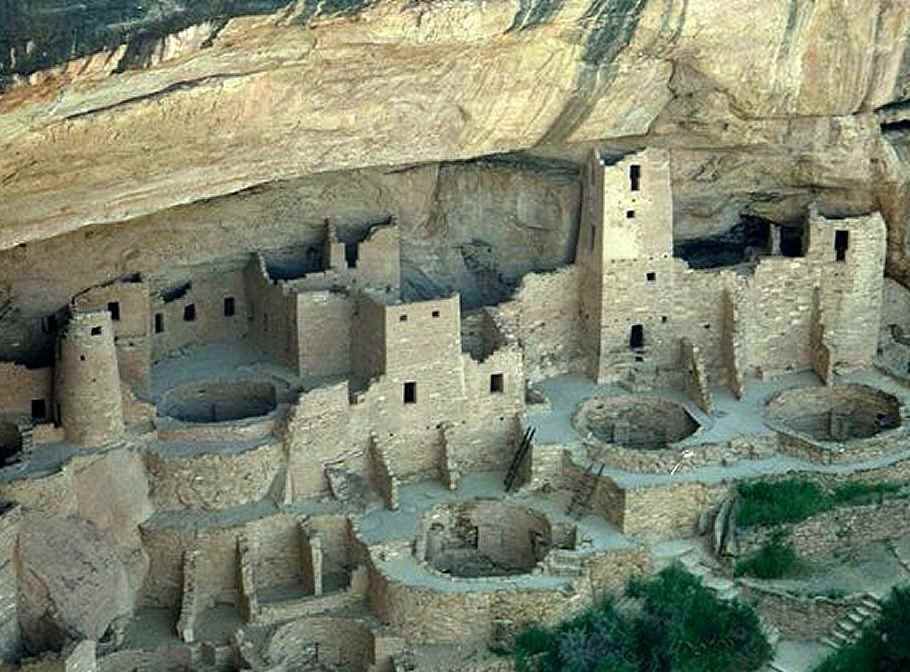
The answer to the mystery of why the Puebloans abandoned their great cities may be contained within the tribes’ oral traditions.
What event forced these people to flee their homeland and never to return, it is not clear. The remains left in places they inhabited, were found well preserved due to the dry conditions; some desiccated bodies made people wonder, whether it was some kind of massacre that had taken place at the site of the discovery or environmental factors were involved. In Anasazi site known as Mummy Cave, there were found desiccated bodies dating to 300 AD.
See also:
The Enigma Of The ‘Ancient Ones’, The Anasazi Cliff-Dwellers Of The Southwestern United States
The ‘Anasazi’ Mystery: Sophisticated Civilization That Disappeared
Pueblo Bonito (“pretty village”) - located in Chaco Canyon, in New Mexico - is a special place; it’s one of the most impressive prehistoric sites in the United States.
Now, this region is a vast arid desert of sand, rock and mesa, but it was flourishing agricultural community. This was a domain of the Anasazi, or rather the Ancient Pueblo peoples who lived in cliff dwellings and pueblos. The name ‘Anasazi’ is a Navajo word for “enemy ancestors”.
The greatest architectural accomplishment of this vanished civilization was the houses and settlements built into the sheer rock wall of the Chaco Canyon in western New Mexico. Canyons, buttes, and mesas housed a population of 30,000 at its peak and covered an area of 30,000-square-mile of landscape.
They built such villages as the Pueblo Bonito, which at certain areas was as high as five stories and contained 800 rooms, all arranged in a D-shaped arrangement.
Pueblo Bonito was only one small part of a network of settlements connected by a 400-mile system of roads, some as wide as 30 feet, flanked along the way by astronomical observatories.
Another impressive mesa was present-day Acoma Pueblo called the “Sky City” in New Mexico.
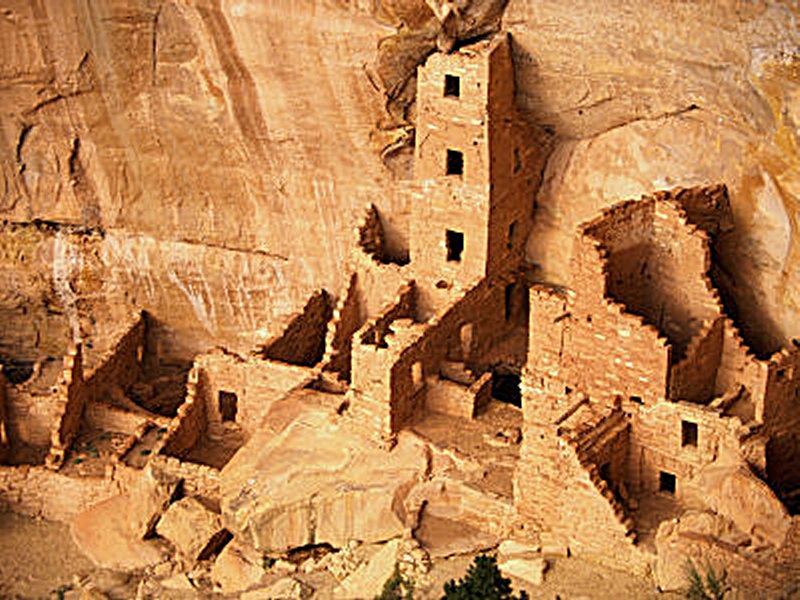
It was suggested that these large roads were used to quickly move an army from the canyon to the outlier communities but the lack of traces of a permanent army is evident.
This civilization, formerly known as the Anasazi was very advanced. Great cities flourished among the sandstone cliffs, astronomers studied the stars and engineers built great roadways, towers, and stone complexes. Some of these structures even today surprise us.
In fact, about 15 major complexes assembled by Chacoan skilled builders remained the largest buildings in North America until the 19th century!
The water supply was controlled by a series of dams and channels.
This is a legacy of the Ancient Pueblo peoples or if you prefer call them – the Anasazi, a mysterious great civilization which left pottery, weaving and other crafts but their writing is unknown, although some pictographs have been found.
Today, various American Indian tribes of the region claim to be descendants of the Ancient Pueblo peoples and call themselves the Puebloans.
They believe that the Anasazi did not disappear, but rather evolved into today's American Indian population of the Southwest.
Written by – A. Sutherland - AncientPages.com Senior Staff Writer
Copyright © AncientPages.com All rights reserved. This material may not be published, broadcast, rewritten or redistributed in whole or part without the express written permission of AncientPages.com
Expand for referencesMore From Ancient Pages
-
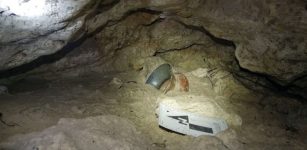 Completely Intact 2,000-Year-Old ‘Chocolatier Style’ Pot Discovered In Mexican Cave
Archaeology | Jul 30, 2022
Completely Intact 2,000-Year-Old ‘Chocolatier Style’ Pot Discovered In Mexican Cave
Archaeology | Jul 30, 2022 -
 Major Discovery Of Ancient Roman Temple – Largest Evidence Ever Of The Imperial Cult
Archaeology | Jan 5, 2024
Major Discovery Of Ancient Roman Temple – Largest Evidence Ever Of The Imperial Cult
Archaeology | Jan 5, 2024 -
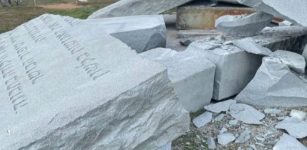 Georgia Guidestones Damaged By An Explosive Device – By Whom And Why?
News | Jul 7, 2022
Georgia Guidestones Damaged By An Explosive Device – By Whom And Why?
News | Jul 7, 2022 -
 Rare Ancient Caribbean Skull Shows Evidence Of Leprosy
Archaeology | Nov 29, 2021
Rare Ancient Caribbean Skull Shows Evidence Of Leprosy
Archaeology | Nov 29, 2021 -
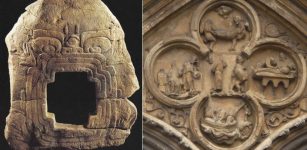 Quatrefoil Symbol Was Used By The Olmecs And Maya Long Before It Appeared On Christians Churches
Ancient Symbols | Mar 19, 2018
Quatrefoil Symbol Was Used By The Olmecs And Maya Long Before It Appeared On Christians Churches
Ancient Symbols | Mar 19, 2018 -
 Kentucky’s Little-Known Ancient Underground City And Mysterious Lost Civilization
Featured Stories | Jun 13, 2024
Kentucky’s Little-Known Ancient Underground City And Mysterious Lost Civilization
Featured Stories | Jun 13, 2024 -
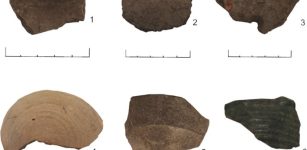 Earliest Evidence Of Wine Consumption In The Americas Found In Caribbean
Archaeology | May 23, 2023
Earliest Evidence Of Wine Consumption In The Americas Found In Caribbean
Archaeology | May 23, 2023 -
 Did Ancient Seafarers In Southeast Asia Build Sophisticated Boats As Far Back As 40,000 Years Ago?
Archaeology | Feb 24, 2025
Did Ancient Seafarers In Southeast Asia Build Sophisticated Boats As Far Back As 40,000 Years Ago?
Archaeology | Feb 24, 2025 -
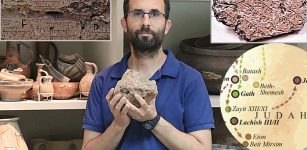 Geomagnetic Fields Reveal The Truth Behind Biblical Narratives
Archaeology | Oct 25, 2022
Geomagnetic Fields Reveal The Truth Behind Biblical Narratives
Archaeology | Oct 25, 2022 -
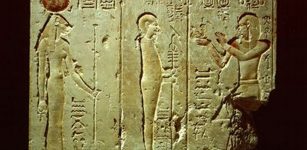 Egyptian Temple Culture In Ptolemaic-Era Survived Changes And Became Even Stronger – Researcher Says
Archaeology | Mar 1, 2017
Egyptian Temple Culture In Ptolemaic-Era Survived Changes And Became Even Stronger – Researcher Says
Archaeology | Mar 1, 2017 -
 Little Known Neanderthal Technology Examined – Turning Bones Into Tools
Archaeology | Jun 19, 2023
Little Known Neanderthal Technology Examined – Turning Bones Into Tools
Archaeology | Jun 19, 2023 -
 War Between Romans And Persians Lasted 721 Years: One Of The World’s Longest Human Conflicts In History
Featured Stories | Apr 18, 2022
War Between Romans And Persians Lasted 721 Years: One Of The World’s Longest Human Conflicts In History
Featured Stories | Apr 18, 2022 -
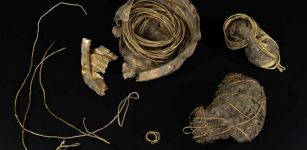 Startling 3,000-Year-Old Gold Bowl Decorated With A Sun Motif Discovered Is A Truly Unique Artifact
Archaeology | Oct 17, 2021
Startling 3,000-Year-Old Gold Bowl Decorated With A Sun Motif Discovered Is A Truly Unique Artifact
Archaeology | Oct 17, 2021 -
 Armenia: Old Land Where Myths, Legends And Long History Meet
Civilizations | Apr 20, 2016
Armenia: Old Land Where Myths, Legends And Long History Meet
Civilizations | Apr 20, 2016 -
 Queen Mama Ocllo: Legendary Wife Of Sapa Inca Manco Capac In Beliefs Of Andean People
Featured Stories | May 6, 2020
Queen Mama Ocllo: Legendary Wife Of Sapa Inca Manco Capac In Beliefs Of Andean People
Featured Stories | May 6, 2020 -
 The Untold Story Of The Great Sphinx – Puzzling Discoveries – Part 2
Ancient Mysteries | Aug 13, 2019
The Untold Story Of The Great Sphinx – Puzzling Discoveries – Part 2
Ancient Mysteries | Aug 13, 2019 -
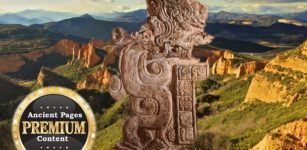 Mysterious Ancient European Civilization – Puzzling North American Connection – Part 1
Ancient Mysteries | Oct 21, 2019
Mysterious Ancient European Civilization – Puzzling North American Connection – Part 1
Ancient Mysteries | Oct 21, 2019 -
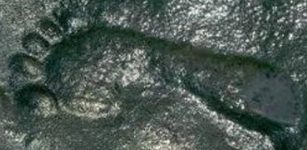 Mystery Of The 290-Million-Year-Old Zapata Footprint In New Mexico
Featured Stories | Sep 23, 2020
Mystery Of The 290-Million-Year-Old Zapata Footprint In New Mexico
Featured Stories | Sep 23, 2020 -
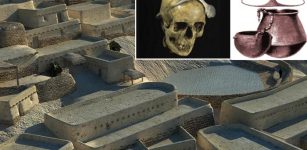 Societies In Iberian Peninsula Deployed “Escape Economics” 4,000-Year-Old
Archaeology | Sep 28, 2022
Societies In Iberian Peninsula Deployed “Escape Economics” 4,000-Year-Old
Archaeology | Sep 28, 2022 -
 On This Day In History: Courageous And Heroic Radio Rescue At Sea – On Jan 23, 1909
News | Jan 23, 2017
On This Day In History: Courageous And Heroic Radio Rescue At Sea – On Jan 23, 1909
News | Jan 23, 2017

